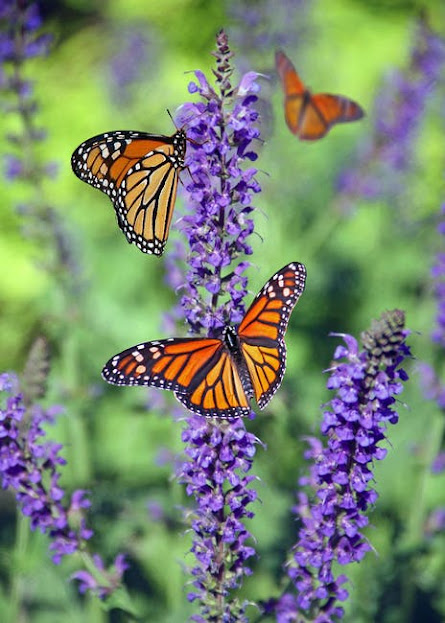Pollination
Pollination is in which pollen grain trasfer from anther to stigma. Pollen grains are stable. They cannot access the stigma by themselves. This requires an external agent. It can be any air, water, animal, gravity or growth contact.
Pollination is two types - self-pollination and Cross pollination
Self Pollination
The transfer of pollen grains from either anther to stigma of any flower to either the same flower or genetically identical flower is called Self-Pollination. Accordingly, there are two types of Self-Pollination - first autogamy and second geotonogamy.
Autogamy
It is a type of self-pollination in which an intersexual or true flower is pollinated by its pollen. Autogamy is only possible when the anther and stigma close together and synchrony in pollen release and stigma receptivity. Autogamy also occurs in three ways. Homogamy, Cleistogamy, Bud Pollination
Benefits of self-pollination
- This maintains the purity of the parent character or race indefinitely.
- Self-pollination is used to maintain pure lines for hybridization or hybridization experiments.
- The plant is not required to produce large numbers of pollen grains.
- Flowers do not develop devices to attract insect polynes.
- This ensures seed production. Instead it failed for cross-pollinated flowers
- Used as a secure device. Self-Pollination eliminates some bad residual characters.
Tools to ensure Self Pollination
- The flowers should be bisexual and both sexes mature at the same time.
- In some cases, the flowers are bisexual and cleistogamous, ie, closed.
- Pollination occurs in the bud position before the flower opening (anthesis).
Disadvantages of Self Pollination
- New useful characters are rarely introduced.The power and vitality of the race decrease with prolonged self-pollination.
- Immunity decreases from diseases.
- Variability and hence adaptability to variability are reduced.
Cross Pollination
In such pollination, the pollen is transferred from the anthers of one flower to the stigma of another flower. In this case, the two flowers are genetically distinct from each other.Cross pollination is always dependent on another agent to cause transfer of the polon. Agents of Pollination include birds, animals, water, air and insects.
Depending on the agent of pollination, cross pollination can be of the following types:
1. Hydrophilous flowers
These flowers are pollinated through water. The flowers are often too small and inconspicuous for other agents. There is no fragrance or too much color on their petals.
2. Zoophilous Flowers
In this type of pollination, there are animals such as humans, bats, birds etc., as pollination agents. Zoophilus flowers have pollen which is made to stick on the body of the animal so that they can be easily carried from one flower to another.
3. Anemophilous Flowers
These flowers are pollinated by the agency of air. These flowers, like zoophilus flowers, are small and inconspicuous. Another important feature of these flowers is wind pollinated in that they are very light so that they can be easily carried by the wind.
4. Entomophilic flowers
These flowers are pollinated via insects. These flowers are often attractive to watch with bright petals and are fragrant to attract insect visitors. They have broad stigma or anthers.Many of the insect-pollinated flowers secrete nectar which attracts bees, butterflies or other similar insects to the flowers. Pollen grains in these flowers are often shiny or have extensions that help them stick to the bodies of insects.
5. Ornithophilous flowers
These flowers are pollinated by birds.
Benefits of Cross Pollination
- Cross pollination is beneficial for plant race because it introduces new genes into the lineage as a result of fertilization between genetically distinct gametes.
- Cross pollination improves resistance to off-springs and resistance to changes in the environment.
- If there are any residual characters in the lineage, they are eliminated as a result of genetic recombination.
- This is the only method that can reproduce bisexual plants.
Disadvantages of Cross pollination:
- Pollen grains have a high waste that needs to be produced to ensure pollination.
- Recombination of genes can lead to the elimination of good traits and unwanted characteristics can be added.




No comments:
Post a Comment